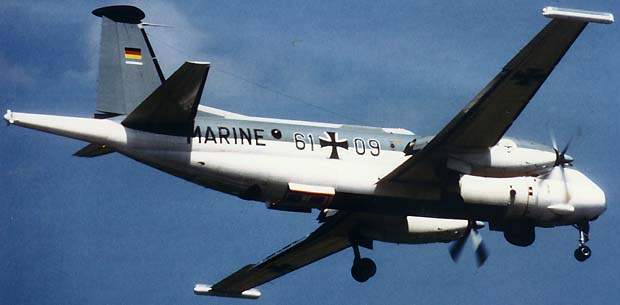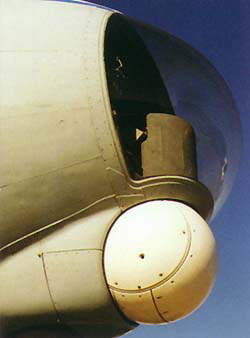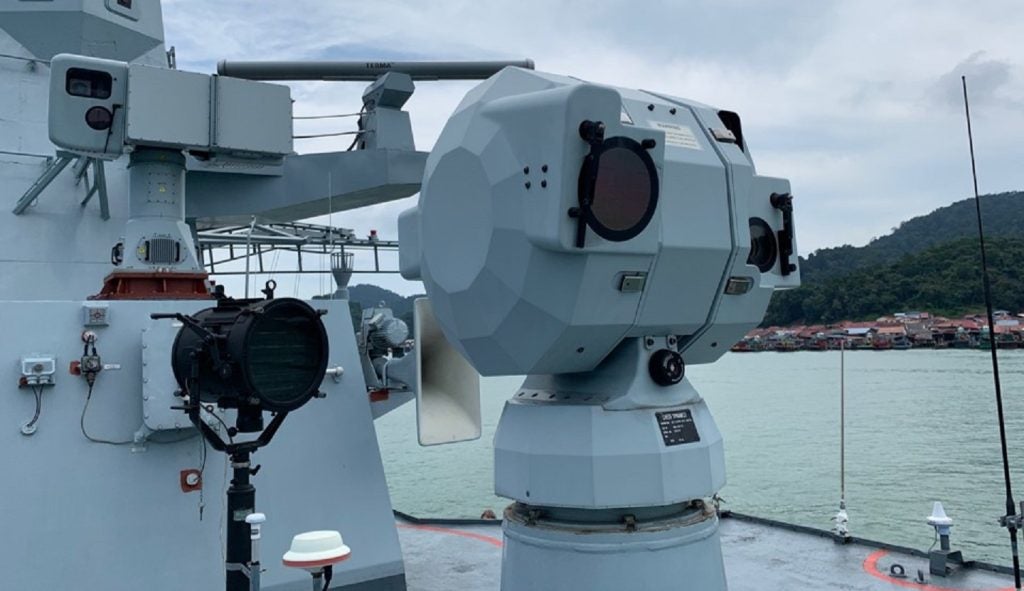The Atlantique ATL3 maritime patrol aircraft, successor to the Atlantique ATL1 and ATL2, incorporates an enhanced weapon system with a maximum 9,000kg payload, new technology engines, glass cockpit and sophisticated avionics and sensors. The ATL1, selected as the Nato long-range maritime patrol aircraft, entered service in 1966 and remains in service with the German, Italian and Pakistani Navies. The Atlantique ATL2 has been in service with the French Navy since 1989.
The ATL3 airframe is produced by the Societé Européenne de Construction de l’Avion Breguet Atlantique (SECBAT) consortium, consisting of Dassault Aviation of France, Alenia of Italy, SABCA-SONACA of Belgium and EADS (European Aeronautics Defence and Space) company, formed by DaimlerChrysler Aerospace of Germany, Aerospatiale Matra of France and CASA of Spain.
The primary mission of the Atlantique is anti-submarine and anti-surface warfare, but secondary roles include search and rescue, mine laying and detection, and long-range maritime surveillance.
Atlantique ATL3 cockpit
The flight deck is designed for two-pilot operation. Six liquid-crystal displays provide both pilots independently with the flight and systems management data, together with pictures from the electro-optical sensor, data from the weather radar and the tactical display.
Tactical crew stations
The aircraft normally carries eight tactical crew – the tactical coordinator (TACCO), the deputy TACCO, two radar and electronic support measures officers and two acoustic sensor officers.
The tactical crew have identical workstations each with two full-colour, multipurpose displays. The deputy TACCO manages the communications, navigation and electro-optical systems. The TACCO receives the inputs from all sensor operations and, using the tactical aids suite, evaluates the situation and determines the actions to be taken.
Weapons
The Atlantique ATL3 has four underwing hardpoints with a total capacity of 3,500kg for carrying missiles such as Harpoon, Maverick, HARM, Magic, Sidewinder and MICA. In addition, a large weapons bay with capacity to carry a maximum internal payload of 5,500kg can carry a wide range of ordnance and equipment to support deployment for out of area operations. Various combinations of payloads can be loaded in the weapons bay with a choice of up to eight Nato torpedoes, two Exocet AM39 air-to-surface missiles, four Harpoon air-to-surface missiles, six mines, either 250kg or 500kg, eight anti-submarine warfare depth charges, 12 search and rescue (SAR) containers, 200 sonobuoys and 70 markers.
Sensors
The Thomson CSF Iguane multimode radar has the sensitivity to detect small periscope-size targets. It can operate in surface search mode and weather avoidance mode simultaneously and carries out track-while-scan. An identification friend or foe (IFF) system is integrated into the radar.
The aircraft is equipped with a forward-looking infrared (FLIR) sensor installed in a spherical turret under the nose. The FLIR carries out search, detection, identification and tracking of targets and has a detection range of up to 100 miles. Two camera systems provide vertical and oblique photography. A Sextant Avionique magnetic anomaly detector (MAD), for the detection and location of submarines, is installed in the lengthened tail section of the fuselage.
The aircraft’s two acoustic sensor operators detect, locate and track submarines using the Sadang acoustic data processing system from Thomson-CSF. 64 channels can be processed simultaneously.
ATL3 countermeasures
The electronic support measures system (ESM) is the Thomson-CSF Arar 13A radar detector. The system automatically detects, analyses, identifies and tracks radar signals and provides high probability of single-pulse intercept, even in a dense electromagnetic environment. Intercepted radar signals are analysed by comparison of signal characteristics against an ESM threat library.
Navigation and communication
The navigation system uses a ring laser gyro inertial navigation system with an integrated global positioning system and a radio navigation suite including VHF omnidirectional radio range (VOR) with distance measuring equipment (DME). The autopilot equipment allows operational flight down to 100ft.
The communications suite includes V/UHF and satellite communications links with Nato tactical data links 11, 14 and 16.
Engines
The Rolls-Royce Allison AE2100H engines, equipped with six-blade composite propellers from Messier Dowty produce 10% more power than the current generation ATL engines, but use 15% less fuel.















